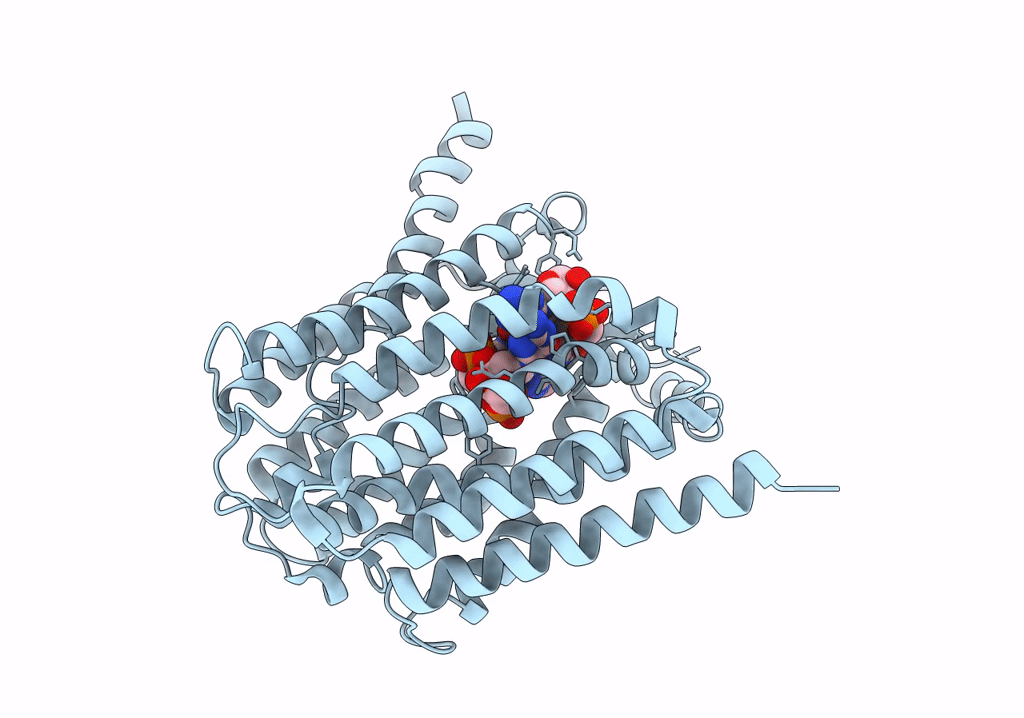
Deposition Date
2022-05-06
Release Date
2022-10-05
Last Version Date
2024-07-03
Method Details:
Experimental Method:
Resolution:
3.30 Å
Aggregation State:
PARTICLE
Reconstruction Method:
SINGLE PARTICLE


